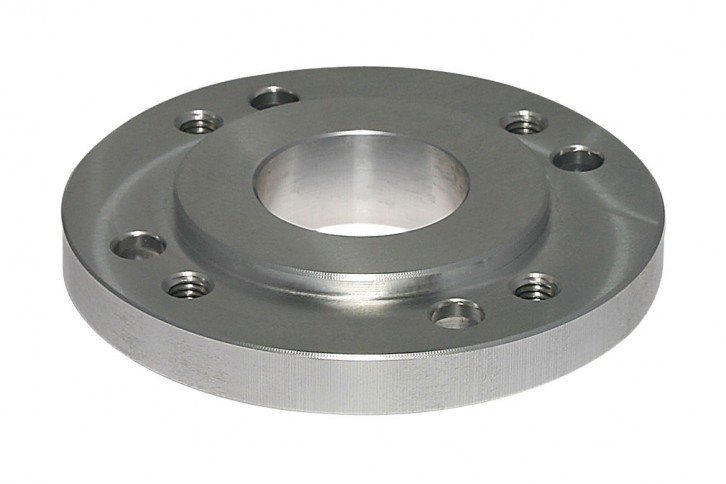Albertdorian
Civil/Environmental
Hi everyone, I am working on a small pump station where I'm installing a pressure relieve valve (PRV) to an existing 4 D.I. pipe. However, the Pressure Relief Valve that I ordered is a 3" nominal diameter with class 300 flanges.
My plan is to add 3" to 4" reducers so that i can connect to the existing 4" pipe. The problem im having is that i am having a hard time finding ductile iron or even steel 3" to 4" reducers with class 300 flanges, otherwise i wont be able to connect to the PRV. almost everything out there is made with flanges class 150 which are not compatible with class 300.
Even if there was, then i run into the problem of finding a DI pipe to Flange coupling adapter so that i can connect those fittings the existing DI, because all those adapters that ive seen so far are made for the class 150 flanges.
I will appreciate anyones input that can help me solve this.
I will try to attach a sketch of what im trying to do here.
Thanks everyone
My plan is to add 3" to 4" reducers so that i can connect to the existing 4" pipe. The problem im having is that i am having a hard time finding ductile iron or even steel 3" to 4" reducers with class 300 flanges, otherwise i wont be able to connect to the PRV. almost everything out there is made with flanges class 150 which are not compatible with class 300.
Even if there was, then i run into the problem of finding a DI pipe to Flange coupling adapter so that i can connect those fittings the existing DI, because all those adapters that ive seen so far are made for the class 150 flanges.
I will appreciate anyones input that can help me solve this.
I will try to attach a sketch of what im trying to do here.
Thanks everyone

